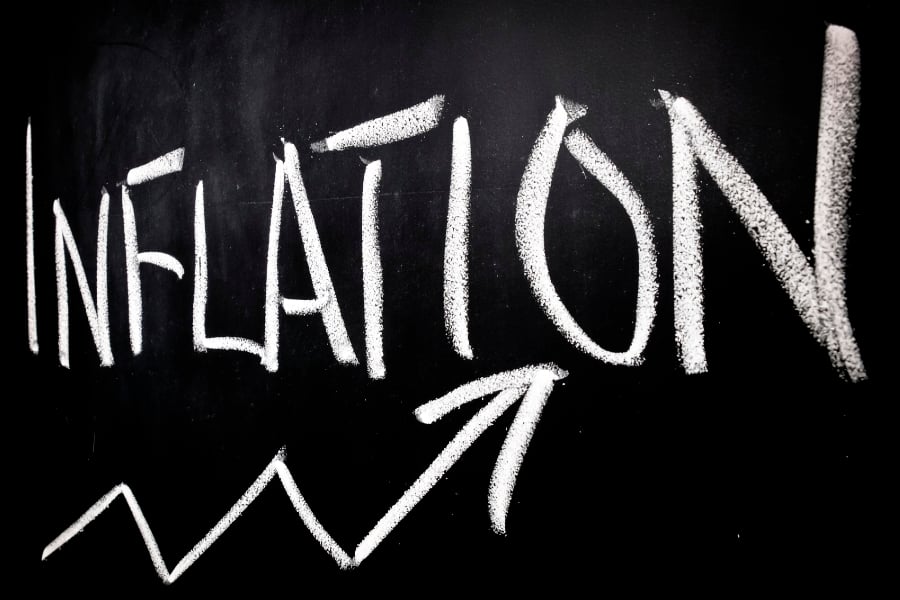Once upon a time, back when the Federal Reserve was still primarily dedicated to being an apolitical body strictly focused on monetary policy, there was a thing known as inflation, which was often preceded by the threat of inflation.
Nowadays, seven years into a lackluster economic recovery that feels okay thanks to the Fed's ever-drifting mandate, we only have the threat of inflation, and only sometimes.
That is an oversimplified explanation of what the economists and other big thinkers like to call the new normal, or the new neutral if you used to work at Pimco.
Think of it as a time when interest rates are absurdly low, economic growth is barely visible, and inflation seems about as ominous as chapped lips.
To the Fed's credit, it has done
just about everything in its power to try and manufacture some semblance of inflation, including building up a record $5 trillion balance sheet through the experiment known as quantitative easing.
For financial advisers and investors this kind of environment can create some interesting challenges, as well as some keen opportunities. But the key is caution.
It's just a theory, but I'm guessing that the reality of quantitative easing is largely responsible for the periodic market reactions to the threat of inflation, whenever it rears its seductive head.
The most recent example of which is right now.
Witness the latest performance and inflows into Treasury Inflation Protected Securities, TIPS, a product specifically designed to take advantage of an inflationary environment.
Over the six-week period through April, about $2.3 billion moved into TIPS, while the Barclays U.S. TIPS Index has seen a respectable 4.8% gain from the start of the year.
Inflation-protection mutual funds over the same period gained 4.08%, according to Morningstar. That's a big swing for a category that fell by 2.36% last year.
To the casual observer, this might look like a rallying cry for anything that will benefit in an inflationary environment. But it isn't that. Not even close.
“You have to understand why this is happening, and it's not because investors' expectations have changed, it because the assets got to too cheap,” said Michael Arone, chief investment strategist at State Street Global Advisors.
That's right, what might look to some like a defensive stampede into TIPS in anticipation of inflation, is mostly just an example of the bond market stepping in to bring things back into balance.
And that imbalance was brought about, surprisingly enough,
through fears related to deflation.
As Mr. Arone details, when 2016 opened with renewed concerns of deflation and a possible U.S. recession,
TIPS were pushed well below the so-called break-even rate where TIPS have no advantage over comparable Treasury bonds.
That break-even rate, which fell below 1% toward the end of January, has since been pushed back up to the 1.6% range, reflecting more of a fair value for TIPS.
In essence, the TIPS rally has been driven more by a tactical trade than an inflation threat.
“Investors jumped in because they recognized that this is mispriced,” Mr. Arone said. “Inflation expectations had gotten too low, and now they're closer to right-sized.”
He believes there might still be a few basis points worth of relative value left in the TIPS trade, but probably not enough to risk client assets trying to hedge non-existent inflation.







